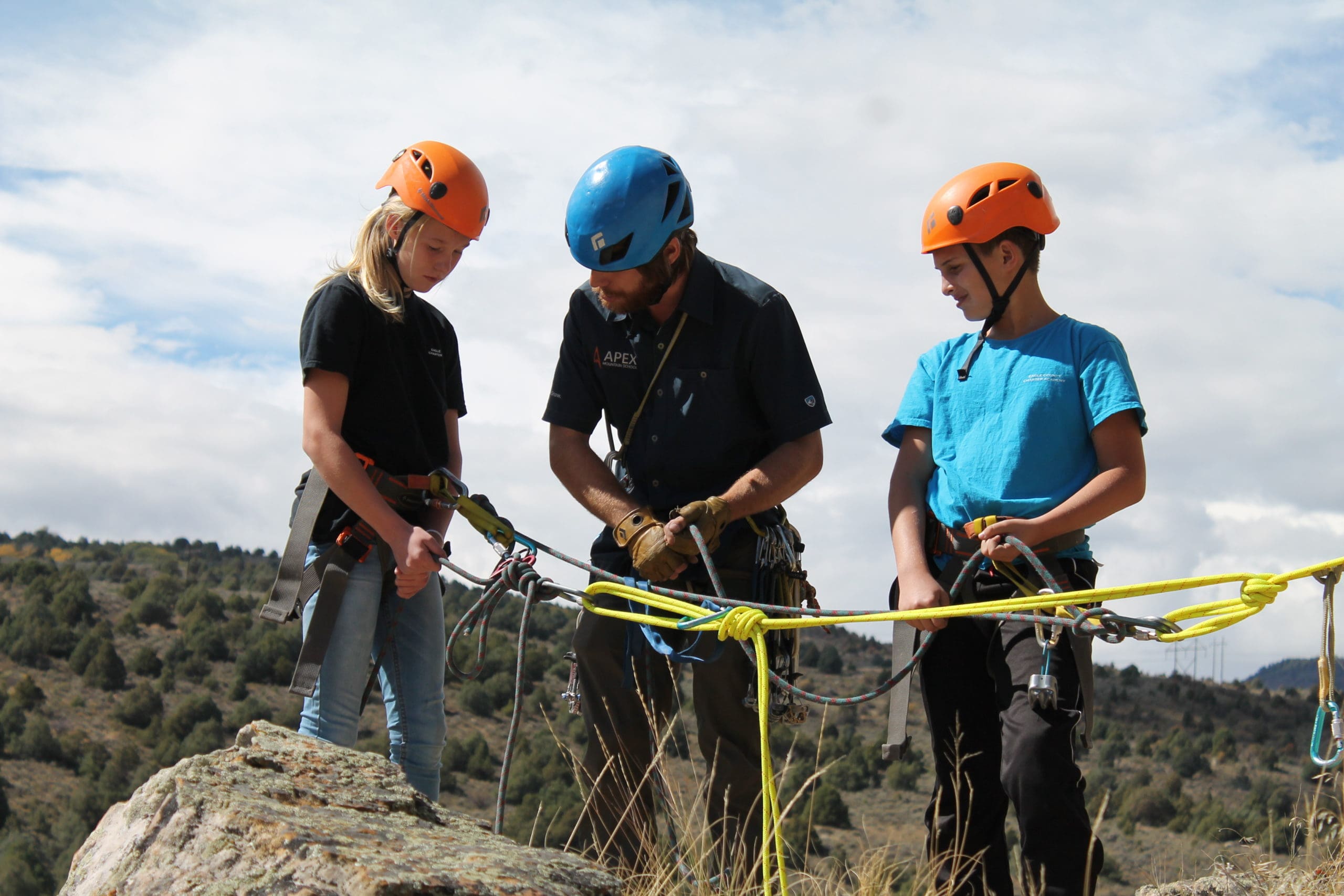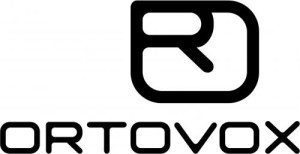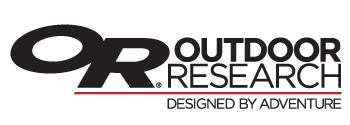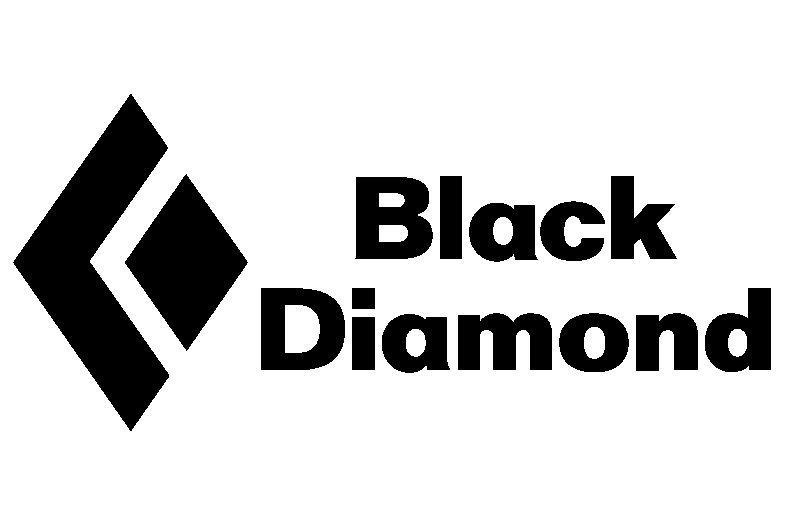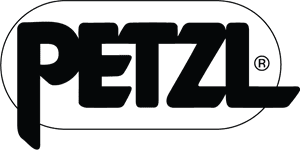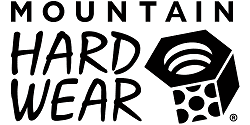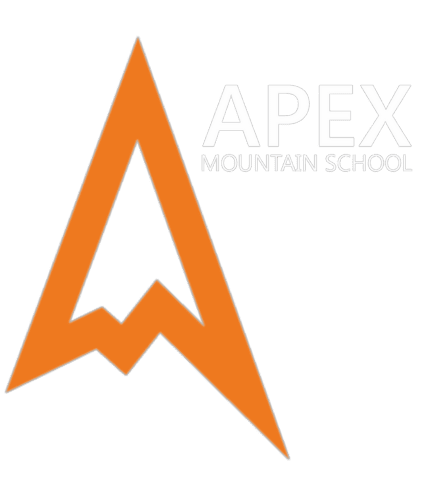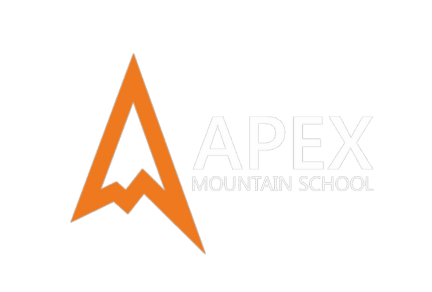LEVEL 2 cOURSE starting from $695
Level 2 Backcountry expands on what you learned in Level 1, focusing on terrain evaluation and practical snowpack analysis. Perfect for those with previous experience, this course helps you refine your skills and make informed decisions when tackling more varied and challenging backcountry terrain.
Avalanche forecasting and advanced terrain assessment
Refine your skills in complex route planning and risk management
Deepen your understanding of snowpack evaluation
Ideal for those preparing for more technical terrain
If you don’t see enough availability for your group, give us a call— we can often accommodate larger groups or special requests with flexibility.
Use Coupon
SNOW10
Discount code of 10% off any avalanche education courses between now and the end of the 2024/25 season!
Who is the AIARE Level 2 course designed for?
The AIARE Level 2 course is ideal for backcountry travelers who have completed the Level 1 course and want to refine their skills. It’s designed for those looking to deepen their understanding of snowpack evaluation, advanced terrain analysis, and better understanding avalanche forecasting. If you’re ready to take your backcountry decision-making to the next level, this course is for you.
What new skills will I learn in the AIARE Level 2 course?
In this course, you’ll build on the foundation from Level 1, focusing on advanced topics like snowpack analysis, complex weather assessment, and route planning for technical terrain. You’ll also learn progressive travel techniques and improve your risk management skills, preparing you for more challenging and varied backcountry environments.
Is there any preparation required before starting the Level 2 course?
Yes, you’ll receive an email with a link to access our course resource page, which includes essential pre-course materials. It’s highly recommended that you complete the online modules to get the most out of the course. However, if you don’t have time to finish them, you’re still expected to attend the course and engage fully in all activities.
Why should I take the AIARE Level 2 course with Apex Mountain School?
Apex Mountain School’s experienced instructors offer a comprehensive and hands-on approach to the AIARE Level 2 curriculum. With a focus on practical application and advanced decision-making, we tailor the course to challenge you and help you grow as a backcountry traveler. Our commitment to providing up-to-date information and real-world scenarios sets us apart, and the integrity and intentions of our staff ensure you leave the course feeling confident and well-prepared for advanced terrain.
AIARE Level 2 Description
Take your backcountry skills to new heights with the AIARE Level 2 Course. Designed for backcountry travelers who have completed the Level 1 course, this advanced training focuses on refining terrain evaluation, snowpack analysis, and decision-making techniques. Whether you’re preparing for technical terrain or seeking to deepen your understanding of avalanche forecasting, the Level 2 course equips you with the tools and confidence to navigate increasingly complex backcountry environments.
The course begins with a review of the fundamentals covered in Level 1, ensuring you’re ready to build upon your existing knowledge. From there, you’ll dive into advanced topics like weather assessment, in-depth snowpack analysis, and route planning for more challenging terrain. With a strong emphasis on practical application, participants will engage in backcountry exercises that replicate real-world conditions, allowing you to hone your skills in navigation, terrain management, and risk assessment.
Progressive travel techniques are another key focus, helping you prepare for extended tours and technical objectives in remote areas. Throughout the course, our experienced instructors provide mentorship, ensuring you gain valuable insights and leave with a well-rounded understanding of avalanche safety in advanced terrain.
Pre-course preparation is encouraged to maximize your learning experience. Upon registration, you’ll receive access to essential e-learning modules covering foundational concepts and advanced theories. These materials provide a strong starting point for the in-person classroom sessions and field days, ensuring you’re fully prepared to engage in the advanced curriculum.
AIARE Level 2 with Apex Mountain School stands with a hands-on approach and focuses on real-world scenarios. Our instructors bring years of expertise and a commitment to ensuring each participant gains the skills and confidence needed for advanced backcountry travel. From practical decision-making to complex terrain management, this course provides the training you need to elevate your backcountry adventures.
Reserve your spot in the AIARE Level 2 Course today and prepare to navigate more challenging terrain with precision, confidence, and a deeper understanding of avalanche safety.
Booking & Availability
Ready to embark on your winter adventure? We’re excited to guide you on your Backcountry Level 2 journey. Reserve your spot through the calendar below, or for more information, email us at admin@apexmountainschool.com, call us at 970 401 2736 or visit our contact page.
If you don’t see enough availability for your group, give us a call—our team can often accommodate larger groups or special requests with flexibility. Let’s get you out in the snow!
Quick Information / Dates Availability
Learn the decision-making skills necessary to evaluate and travel in avalanche terrain in an AIARE Level 2 course with the Vail Valley’s #1 Recommended Apex Mountain School. The prerequisites for this course include an Avalanche Rescue course and any AAA certified Level 1 course.
Also available by private – visit our private avalanche education page
2025-26 DATES
- January 10 – 12
- February 07 – 09
**Minimum of 3 students total (not per booking) required to run.**
**Availability updated weekly. For the most current availability, please check the booking calendar on the right side of the page.**
COST
Max ratio 1 instructor to 6 clients
Course: $695
Includes:
- Student Manual
- AIARE Field Book
- 3 Full Field Days
- AIARE Certificate of Completion
DIFFICULTY
Moderate – Difficult
DURATION
Three 8-hour days
LOCATION
Classroom Location – Eagle-Vail, CO (see How to Find Us)
Vail Valley, Vail Pass, Fremont Pass and/or surrounding areas
*Courses run regardless of snow/weather conditions*
NOTE: Participants must complete an AIARE Level 1 and Rescue course before taking the level 2
See our inclusion policy for special group requests.
What you should bring
WHAT TO BRING
PERSONAL EQUIPMENT
- Beacon/probe/shovel (rental available)
- Clothing for activities and standing in cold/snowy weather (no cotton
- Long underwear
- Insulating layers
- Outer layer (wind/waterproof shell pant and top)
- Down puffy
- Warm gloves, mitts, headband, and hat/facemask/buff
- Goggles and sunglassesSmall personal first aid kit (sunscreen/lip-balm, moleskin, band-aids, medication, etc.)
- Helmet (recommended)
- Water Bottle
- Headlamp and spare batteries
- Pack
- Food and water/hot liquid!
ALIPINE TOURING, TELEMARK OR SPLITBOARDING EQUIPMENT
- You are required to arrive with equipment. Whether yours or rental, understand how to use your equipment in advance, how to transition the equipment, skins are cut and all equipment is functional and in working order PRIOR to our field days.
RESCUE EQUIPMENT
- Avalanche probe – 260 cm or longer, no integrated ski pole probes or shovel-packed probes
- Collapsible metal shovel
- Digital avalanche transceiver (457 kHz frequency)
- Air bag (optional)
- Personal first aid kit (blisters, meds, wound care, gloves/face shield, splinting material, sugar etc.)
- Repair kit, specific to your mode of travel (consider multi-tool, bit driver, hose clamps, straps, spare screws, tape, zip ties, spare basket, pole repair, spark plugs, drive belt etc…)
- Insulating pad (can be part of pack)
- Rescue sled, portable w/ supporting slings/straps (OPTIONAL, one per group is sufficient)
- Emergency shelter as appropriate (OPTIONAL, space blanket, guide’s tarp, bivy sac / bothy bag etc…)
SNOW STUDY / OBSERVATION EQUIPMENT
- CLINOMETER/inclinometer
- 2 mechanical pencils
- Field notebook (Apex provides these)
- 3m long intermittently knotted cord (2-4mm thick) or manufactured Rutschblock cord
- Snow saw (min 35cm blade). 70-100cm folding long-saw may replace Rutschblock cord.
- Snow thermometers (qty 2, graduated in degrees Celsius, not Fahrenheit). Dial stem and/or glass/alcohol types are commonly used. Electronic thermometers are acceptable – be sure to have extra batteries.
- Crystal identification screen; dark color
- Magnifier (Otherwise known as Loupe), 10x-15x
- Folding ruler (graduated in centimeters. 2 meter length)
- You will need a laptop, tablet or smartphone for accessing weather stations and submitting observations (bring to class each day).
NAVEGATION TOOLS
- Terrain Images (optional)
- Local maps
- Compass
- Altimeter/GPS or smartphone
- Small binocular or monocular for distance viewing
- Communications equipment (all optional, as Apex has):
- Two-way radio, GMRS or VHF
- Satellite phone or transponder (SPOT, DeLorme)
BOOKS
- Avalanche Handbook (2006 3rd Edition, available for purchase from Apex)
- SWAG book (Snow, weather, and avalanches: observation guidelines for avalanche programs in the US, 2010, available for purchase from Apex)
- You will need a laptop, tablet or smartphone for accessing weather stations and submitting observations (bring to class each day).
Why Choose Apex Mountain School?
At Apex Mountain School, we combine the industry-leading AIARE curriculum with our client-focused teaching approach. Our instructors are skilled in adapting lessons to accommodate varying experience levels and user environments, ensuring every participant gains confidence and practical skills for the backcountry. Dedicated to providing a high-quality learning experience, our guides are approachable, attentive, and passionate about making each course engaging and impactful for all students.
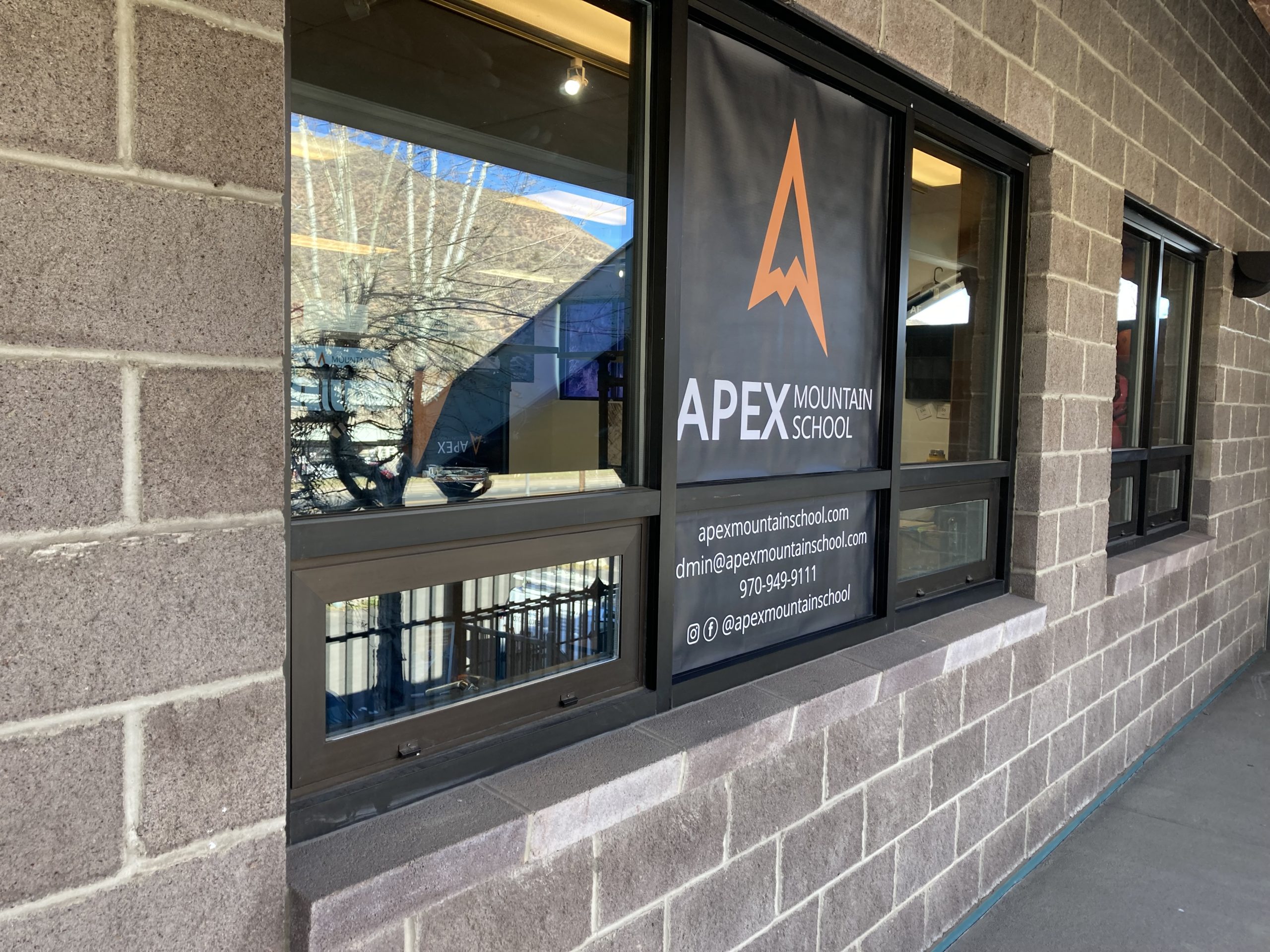
Meet our guides
Our guides are dedicated to giving the safest, most fulfilling experience to our clients. With the most AMGA certifications we have the most qualified guides in the area.
